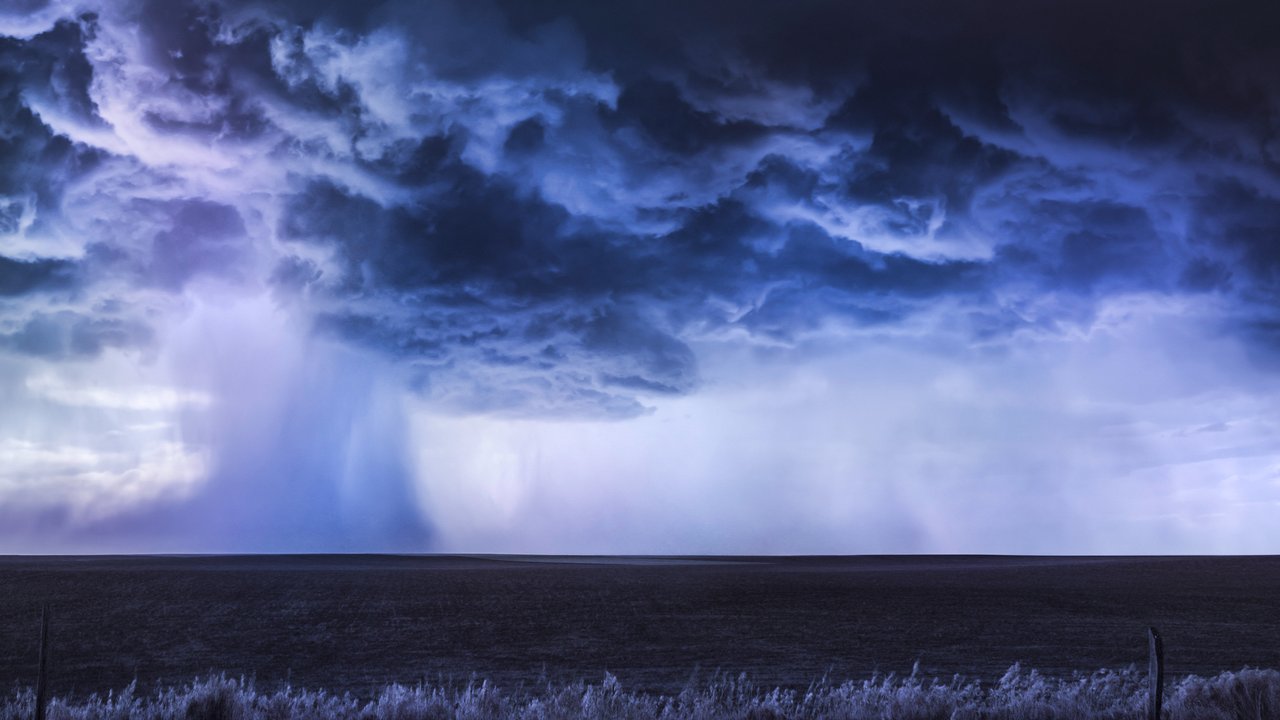
Extreme weather risks in Asia-Pacific
Closing the insurance gap in large parts of Asia-Pacific to pivot toward a more resilient future
properties.trackTitle
properties.trackSubtitle
~US$ 1,800bn
Losses from weather catastrophes in Asia-Pacific since 1980
Annual losses from weather disasters such as tropical cyclones, floods or wildfires frequently run into hundreds of billions of dollars. And that is just the figure for direct losses.
In Asia-Pacific, weather-related natural disasters have caused losses of US$ 1,800bn since 1980 and killed more than 630,000 people. The insurance gap is alarming: excluding the figures for Japan and Australia, less than 6% of the overall losses were borne by insurers.
It is time to act and to mitigate the consequences, especially as climate change is increasing the extreme weather risks in many regions. So far, climate change has not been a systemic risk, but it will be if global warming continues unabated.
Here's what we know from 50 years of research:

While the effects of climate change are long term, natural climate variations have a direct influence on many weather extremes over shorter periods, sometimes even over a matter of months. Here are some examples of this:
Influence of natural climate variation
El Niño-Southern Oscillation (ENSO) and La Niña
The natural ocean temperature variation in the Pacific with the two countervailing versions of El Niño and La Niña also changes circulation patterns in the atmosphere, thus influencing weather extremes across the world.
El Niño conditions tend to bring slightly higher typhoon activity in the Northwest Pacific, drier weather in Australia/Oceania and more rainfall in South India and the Southeast of China. La Niña has the opposite effect in many cases. It increases the likelihood of floods in Australia, drought and heatwaves in China, and heavier monsoon rains in parts of South Asia. For example, in 2022, a protracted heatsave and drought with temperatures of over 44°C in many parts of led to the water level in Yangtze, the longest river in the country and many other rivers and reservoirs receded significantly.

Insurance gap: Extreme weather risks in Asia-Pacific
Losses from weather disasters in Asia and Australia/Oceania 1980-2020
Weather disaster losses 1980-2020: US$ 1,475bn
Thereof insured losses 1980-2020: US$ 178bn
Our offer
Profound knowledge of scientific correlations, statistical trends and relevant high-resolution data are essential elements when assessing extreme weather risks. Our experts are part of an international scientific network providing the risk analyses that form the basis for our risk models. This allows us to have the best-possible offer of weather-related and weather-disaster covers and to develop new concepts for previously uncovered risks for a whole range of different client groups.
Insurance helps people, companies and society to recover more quickly from the financial impact of a catastrophe. Benefit from our data and decades of experience in assessing extreme weather risks and the factors behind them. Munich Re can offer solutions to meet your specific requirements.
Reinsurance solutions
Industry solutions
Perspectives
Contact us
/Tobias-Farny.jpg/_jcr_content/renditions/crop-1x1-400.jpg./crop-1x1-400.jpg)
/Roland-Eckls.jpg/_jcr_content/renditions/original./Roland-Eckls.jpg)





.jpg/_jcr_content/renditions/crop-16x9-1280.jpg./crop-16x9-1280.jpg)






